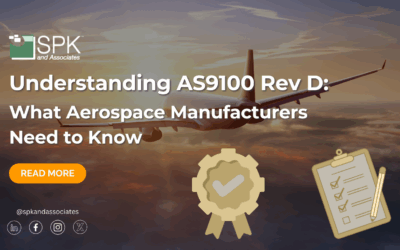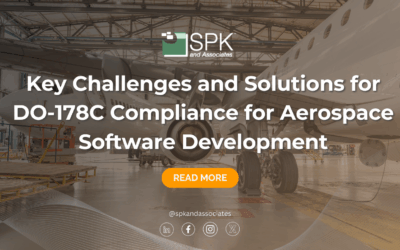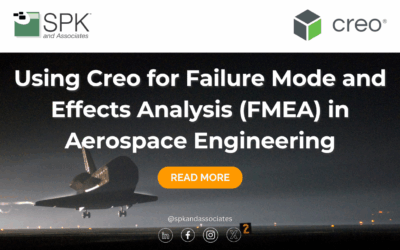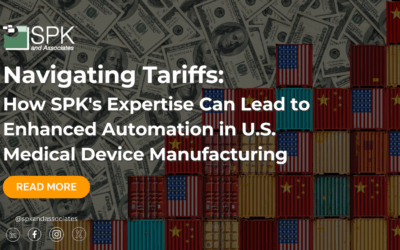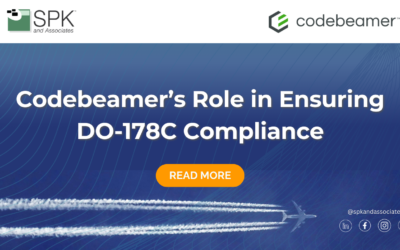In Agile Development in Regulated Environments -- Part 1: Yes, it can work, I covered the common misconceptions about Agile Software Development -- specifically in highly-regulated industries like medical device. The common myth that regulators would not accept Agile...
Aerospace
Understanding AS9100 Rev D: What Aerospace Manufacturers Need to Know
In the aviation, space, and defense (AS&D) industries, a single component failure can lead to catastrophic consequences. To mitigate these risks and ensure consistent quality, the International Aerospace Quality Group (IAQG) developed the AS9100 Quality...
Key Challenges and Solutions for DO-178C Compliance for Aerospace Software Development
In the aerospace industry, safety is non-negotiable. From passenger aircraft to defense systems, every airborne software component must meet rigorous standards. DO-178C serves as the benchmark for ensuring that aviation software is developed with the highest degree of...
Using Creo for Failure Mode and Effects Analysis (FMEA) in Aerospace Engineering
In the high-stakes world of aerospace engineering, failure is not an option. Whether developing spacecraft, military drones, or next-generation commercial aircraft, aerospace manufacturers must prioritize safety, reliability, and performance. One proven method for...
Steps to Implement an Effective CAPA Process in Your Organization
Corrective and Preventive Action (CAPA) is a cornerstone of quality management in regulated industries. The CAPA process is essential not only for addressing current issues but also for proactively preventing future ones. It’s systematic, closed-loop, risk-based, and...
Agile Development in Regulated Environments – Part 1: Yes, it can work
The value system and practices that embody Agile Software Development have been around for well over a decade, and have been touted as having "crossed the chasm" by organizations such as the Agile Alliance, Gartner, and Forrester Research. Numerous studies indicate...
Optimizing CAD for Aerospace Lightweighting and Fuel Efficiency
In the aerospace industry, every pound counts. As environmental regulations tighten and fuel costs remain a top concern, manufacturers are constantly seeking ways to improve aircraft performance. Many are implementing lightweighting and enhancing fuel efficiency to...
Navigating Tariffs: How SPK’s Expertise Can Lead to Enhanced Automation in U.S. Medical Device Manufacturing
Tariffs have long been a tool of economic strategy, but recent escalations are impacting U.S. manufacturers, especially in the medical device industry. From 10% baseline tariffs to 245% duties on Chinese imports, companies now face inflated costs and disrupted global...
Strategic Partners, Not Just Extra Hands
Today’s business environment requires companies to align with best-in-class vendors to be true, strategic partners. They need partners who understand their industry, their challenges, and their long-term goals. In the years we have partnered with our clients, some...
Creo for Aerospace: Navigating Complex Assemblies and Systems
Designing and manufacturing aerospace products demands precision, innovation, and an unwavering commitment to safety. Engineers must balance complex assemblies and stringent regulatory standards while using lightweight materials. PTC Creo provides a comprehensive...
Codebeamer’s Role in Ensuring DO-178C Compliance
Ensuring avionics software is reliable and safe is a top priority for aviation engineers. However, maintaining compliance throughout the software lifecycle is no simple task. Utilizing an ALM tool such as PTC’s Codebeamer can help ensure compliance with aviation...
Creo Composites Design & Manufacturing Capabilities
Engineers typically have a few distinct materials to work with when designing and manufacturing parts. Composite design allows them to combine two or more varying materials to create a new one. This new material is often sustainable and used to design structures. This...



